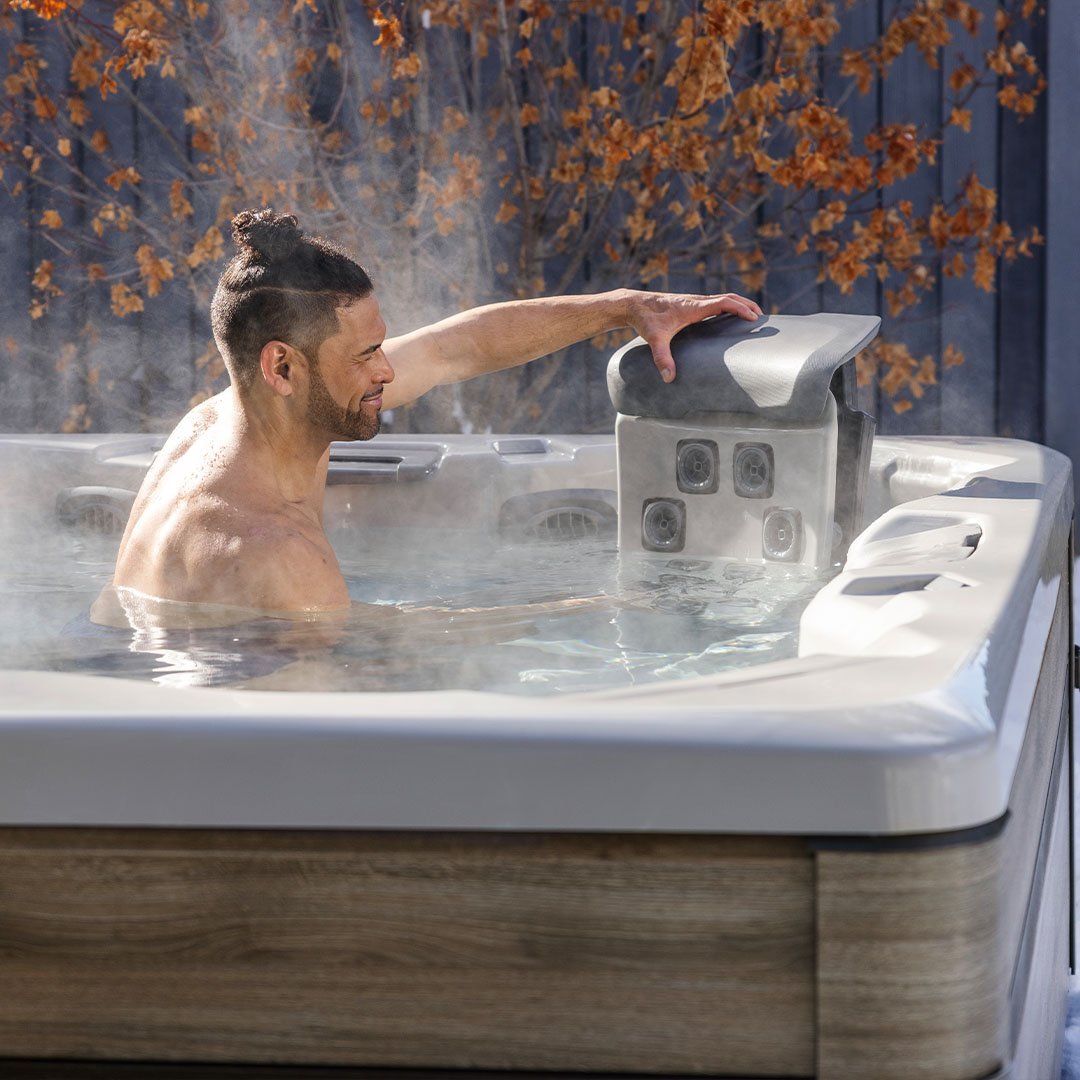Ultimate Guide to Winterize Your Above Ground Pool
Winterizing your above-ground pool is essential as the season changes. With cooler days signaling the end of pool season, many homeowners wonder how to safely prepare their above ground pool for winter. Proper winterization protects your pool from the harsh winter elements such as ice, snow, and freezing temperatures, preventing damage to pool liners, plumbing, and frames. This guide will walk you through the necessary steps to ensure your pool remains in excellent condition, ready for the joys of the next warm season.
The Importance of Winterizing Your Above Ground Pool
Understanding the importance of winterizing your pool is the first step to protecting your investment. Winterization is crucial for maintaining water chemistry, preventing algae growth, and avoiding costly equipment repairs. By taking proactive steps now, you can ensure a hassle-free pool opening in the spring.

The Benefits of Winterizing Your Above Ground Pool
Properly winterizing your pool has many great benefits. First, winterizing prevents expensive damage from occurring over the cold winter months. Using air pillows and foam floats creates space for ice expansion and protects your pool wall, liner, plumbing, and other equipment from freeze damage. Pool covers also save you work in the spring by keeping out leaves, dirt, and debris over winter. Lastly, taking proper steps to winterize now saves time in reopening the pool next season and reduces potential repairs.
Some other advantages of winterizing an above ground pool include:
- Financial savings from reduced energy use - Pool heaters and pumps are energy hogs. Putting them to rest over winter cuts power consumption and lowers your bills.
- Promoting responsible energy use by powering down for several months when the pool is not in use. This supports environmental goals.
- Lower costs for pool chemicals and maintenance by preventing algae, bacteria, and other buildup over the inactive cold weather months.
Taking a proactive approach pays off when pool season rolls around again - fewer repairs, faster opening, and savings to enjoy. Contact our team to learn about winterization options tailored for your above ground pool. Investing a little time now brings big benefits next summer!
Risks of Not Winterizing Your Pool
Ignoring winterization for your above ground pool exposes it to risks of damage from freezing temperatures, storms, winds, and debris. This can lead to cracks in your pool wall or liner. It also causes more work come spring to deal with repairs and cleaning out material that accumulated over the cold months.
Some specific problems that can occur by not winterizing properly include:
- Ice expansion tearing pool liners or popping above ground pool walls.
- Broken pipes damaged pump equipment that fails from the cold temperatures and freeze/thaw cycles.
- Pool water grows algae or gets contaminated when left open and untreated all winter. Addressing water balance issues is cheaper than draining and refilling next year.
- Leaks around fittings and seals that then leak more from freeze damage. Identifying any leakage points now reduces issues later.
- Clogged drains or skimmers from accumulated debris all winter must be cleared before opening.
The risks make a compelling case to winterize your pool. An ounce of prevention now seriously pays off next season!

Above Ground Pool Closing & Winterizing
Detailed Steps to Winterize an Above Ground Pool
Once you’ve stocked up on necessary supplies, follow these five procedures to winterize your above ground pool for the chilly months ahead properly:
- Prep Pool Water – Properly closing your pool for the winter starts with ensuring the water chemistry is balanced. This step is critical to protecting the pool surface and equipment from corrosion or scale buildup and preparing the water for a clean and easy opening in the spring. For owners of the Aqua Smarte Automatic Pool Chlorinator, incorporating the use of Aqua Smarte Pool Asleep into your winterization process adds an extra layer of protection.
- Lower the Water – Reduce the water level to just below the skimmer. Use air pillows or foam floats to accommodate ice expansion and protect your pool walls and liner.
- Clean and Remove Accessories – Thoroughly clean your pool and remove all accessories, including ladders and filtration equipment. This prevents damage and makes spring setup easier.
- Secure an Expansion Pillow – Use a taunt yet flexible 4-chamber air expansion pillow custom-sized for your pool. Secure to the basin floor with screw-fixed anchors and evenly inflated chambers to absorb outward forces from winter freezing that could otherwise damage the pool shell and walls.
- Seal Off the Pool Properly – Disconnect and store pool filtration and heater units per manufacturers' guidelines, sealing off all plumbing openings with gizmo plugs or face plates. Pay special attention to proper skimmer box protection and pump housing to avoid split seals from ice expansion pressure over the chill months.
- Maintain the Winter Cover – Check clips, tension, and drainage monthly over winter to prevent loosening, tearing, or puddling, which could lead to cover failure. Use perimeter or panel weights if high winds are common in your area. Temporarily clearing covered snow loads with a brush or net can prevent damaging overloading.
Following these sequential steps in full sets your above ground pool up for a problem-free winter. Be sure to consider your specific climate, pool style, and accessory components as you advance through proper seasonal closure procedures. Spending time now on appropriate winterization pays dividends later by preventing weather damage, saving energy bills, and reducing spring reopening work. Invest in safeguarding your pool so you can look forward next year to diving into a pristine backyard oasis once warm weather returns! Simply dedicating reasonable care and caution to winterizing your above ground pool ensures it stays in peak shape for maximum enjoyment in the sunny seasons ahead.

Dealing with Common Challenges in Winterizing Above Ground Pools
Even with adequate preparation, challenges may occur when winterizing ground pools. Let's explore some of them and their solutions.
Preventing Algae Formation
Preventing algae growth is vital when closing your pool for winter. Algae spores can lay dormant in the water and filter system, ready to bloom when conditions become ideal in spring. This can lead to major algae issues that are difficult and costly to address when reopening your pool.
To avoid this, take proactive steps to inhibit algae while the pool is closed. First, add a winter algaecide at the recommended dose for your pool size before covering for winter. The algaecide should contain polyquat chemicals designed to continuously kill spores and prevent growth in cold water all winter long.
It's also wise to add a secondary dose of algaecide mid-winter for maximum protection, especially in regions with longer winters. In addition, before closing the pool, shock-treat the water and filter system with chlorine or oxidizers to fully sanitize and eliminate any existing algae.
You also need to periodically check the chemical balance over winter. Fluctuations still occur from adding winter chemicals. Test and adjust pH, alkalinity, and calcium hardness to proper levels to prevent conditions that encourage algae, in case the cover leaks or contamination enters the pool.
Following this winter pool care routine inhibits algal growth for clean, clear, algae-free water when reopening your pool after winter. Taking these proactive steps now prevents extensive algae removal work later.
Dealing with Potential Pool Cover Damage
Properly maintaining your winter pool cover is crucial to ensure it survives harsh weather all season long. Covers can be damaged by falling branches, winds, heavy ice and snow, animals, and general wear.
Start by choosing a cover made of robust polyethylene or polypropylene that resists tears and punctures. Ensure bonded seams, either heat welded or vinyl over sewn, to prevent seam leaks or failures.
Once installed, diligently remove any debris, snow, or standing water before it strains or damages the cover. Use a soft brush to gently clear the surface. Skim off leaves, acorns, or other matter after storms without abrasively scrubbing. Keeping weight loads minimal enhances durability.
Promptly patch any small punctures to avoid holes enlarging or fabric unraveling. Address issues early before they cascade into bigger problems. The less accumulation sitting on the thin cover, the better its odds of surviving winter winds and precipitation.
Take preventative action to maximize your winter cover's lifespan and performance.

Handling Water Level Changes During Winter
Maintaining proper water levels in your covered pool over winter is critical for both cover performance and protecting pool structural integrity. As temperatures fluctuate throughout the cold months, evaporation still gradually occurs even with the pool covered. The water level naturally goes down over a long winter.
Check under the cover every few weeks to see if the level has dropped significantly – a few inches or more. Top off the level if needed so adequate water weight helps hold down the cover.
When water gets too low, the cover sags, allowing more debris collection that strains the fabric. In extreme cases with prolonged evaporation, the level may drop well below operational thresholds for components like skimmers or return jets. This can lead to issues like freezing pipes, backflow of dirt, or bowing walls from soil pressure against the empty pool.
For substantial water replacement, you may need auxiliary heat from solar blankets or a heat pump set to replace evaporated water very slowly without warming the whole pool during the winter shutdown.
The key is vigilant monitoring of decreasing levels paired with topping off just enough to keep your winter cover functioning and prevent damage from over-draining.
Properly winterizing your above ground pool is crucial to protect it from damage and make opening it easier in spring. By balancing chemicals, cleaning thoroughly, lowering water levels, adding winterizing agents, blowing out lines, using air pillows, and installing a high-quality pool cover, you can help safeguard your pool from deterioration and extend its lifespan. While it takes some effort to winterize properly, taking these necessary steps will pay off with a healthier, cleaner pool that is immediately ready to enjoy next season with minimal maintenance. With the right preparation, you can rest easy all winter, knowing your pool is safeguarded from harsh conditions. Taking the time to winterize makes reopening your above ground pool a breeze.
For more tips and tricks on above ground pool maintenance visit our comprehensive guide on above ground pool maintenance.
Watson's
At Watson's Pools and Spas, we know that closing your above ground pool for the first time can seem like an overwhelming task. Stop by one of our locations today for help finding supplies or for simple advice on properly closing your pool. Contact us today to get started and transform your yard with our above ground pools.
Frequently Asked Questions
How far down do you drain your above ground pool for winter?
You should drain your above ground pool down 3-6 inches below the lowest return jets for the winter.
Do I need to add chemicals to winterize above ground pool?
It is recommended to add a winter chemical kit containing algaecide, scale inhibitor, defoamer, and chlorine tablets when you winterize an above ground pool to protect it over the winter months.
Topics: Pool - Above Ground Pools










